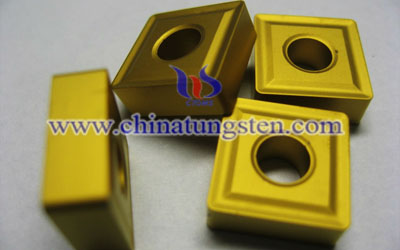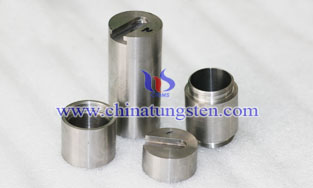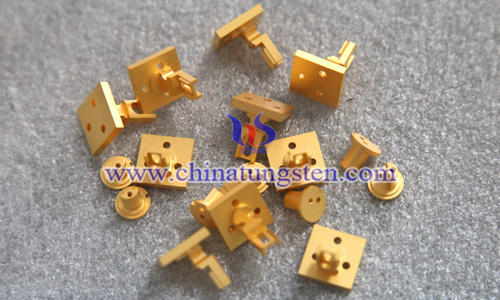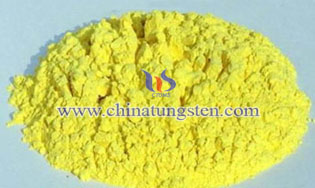Carbide Coating for TSP Diamonds
- Details
- Category: Tungsten's News
- Published on Monday, 04 May 2015 17:29
- Hits: 1035
Diamond is famously the hardest naturally-occurring material on Earth, and because of this it has long been used for cutting and drilling operations. Whether the operation is downhole drilling for oil and gas, or precision shaping in an engineering workshop, the principle of any cutting is that the tool must be harder than the work piece.
Despite this, diamond hasn’t always been the preferred cutting edge. Along with its exceptional hardness come other properties that limit its usefulness as a cutting tool. Now, however, a new development from hard surfacing specialists Cutting & Wear and advanced surface coating innovator Hardide Coatings has solved many of these problems and has, in effect, created new diamonds that can work harder than the originals.

One of the challenges with diamond as a cutting medium is that its very hardness can make it brittle. Diamond is a pure form of carbon in which the atoms are arranged in a closely packed crystal lattice. In the face-centred cubic (or 'diamond lattice') crystal, each atom is bonded to four neighbours with strong covalent chemical bonds. The result is a uniquely strong crystal structure which tolerates few impurities.
As well as its exceptional strength, the structure of diamond makes it almost completely unreactive to other chemicals, with very high thermal conductivity, a very low coefficient of thermal expansion, an extremely smooth surface, and a very high refractive index. While these properties are useful, and in some cases make larger gemstone diamonds so valuable, they also make the material tricky to use in cutting tools. In particular, the smoothness of the crystal's facets and its chemical inertness means that it has great non-stick qualities. The result is that diamond has poor wettability, and does not work well with adhesives.
This becomes an issue when incorporating diamonds and diamond grit into cutting and drilling tools.
The only effective way to do this has been to encase the particles in the metal matrix, relying on the mechanical strength of the metal to hold it in place. However the thermal expansion of the metal is higher than that of diamond, meaning that its grip will loosen as temperatures rise – as they generally do during cutting operations unless care is taken to cool and lubricate the tool.
Heat presents another difficulty, causing diamond to oxidise and degrade to graphite. Although popular culture holds that 'diamonds are forever', the reality is that at temperatures above 400°C the hardest material on Earth can quickly undergo graphitisation and revert to one of the softest – graphite – especially in the presence of some metals.
Finally, while the anisotropic lattice structure of diamond is very strong, it does present fracture planes along which the crystal can shatter. Constant directional impact can cause brittle fracture in monocrystalline diamond.
Tungsten Carbide Manufacturer & Supplier: Chinatungsten Online - http://www.tungsten-carbide.com.cn
Tel.: 86 592 5129696; Fax: 86 592 5129797
Email: sales@chinatungsten.com
Tungsten & Molybdenum Information Bank: http://i.chinatungsten.com
Tungsten News & Tungsten Prices, 3G Version: http://3g.chinatungsten.com
Molybdenum News & Molybdenum Price: http://news.molybdenum.com.cn








 sales@chinatungsten.com
sales@chinatungsten.com